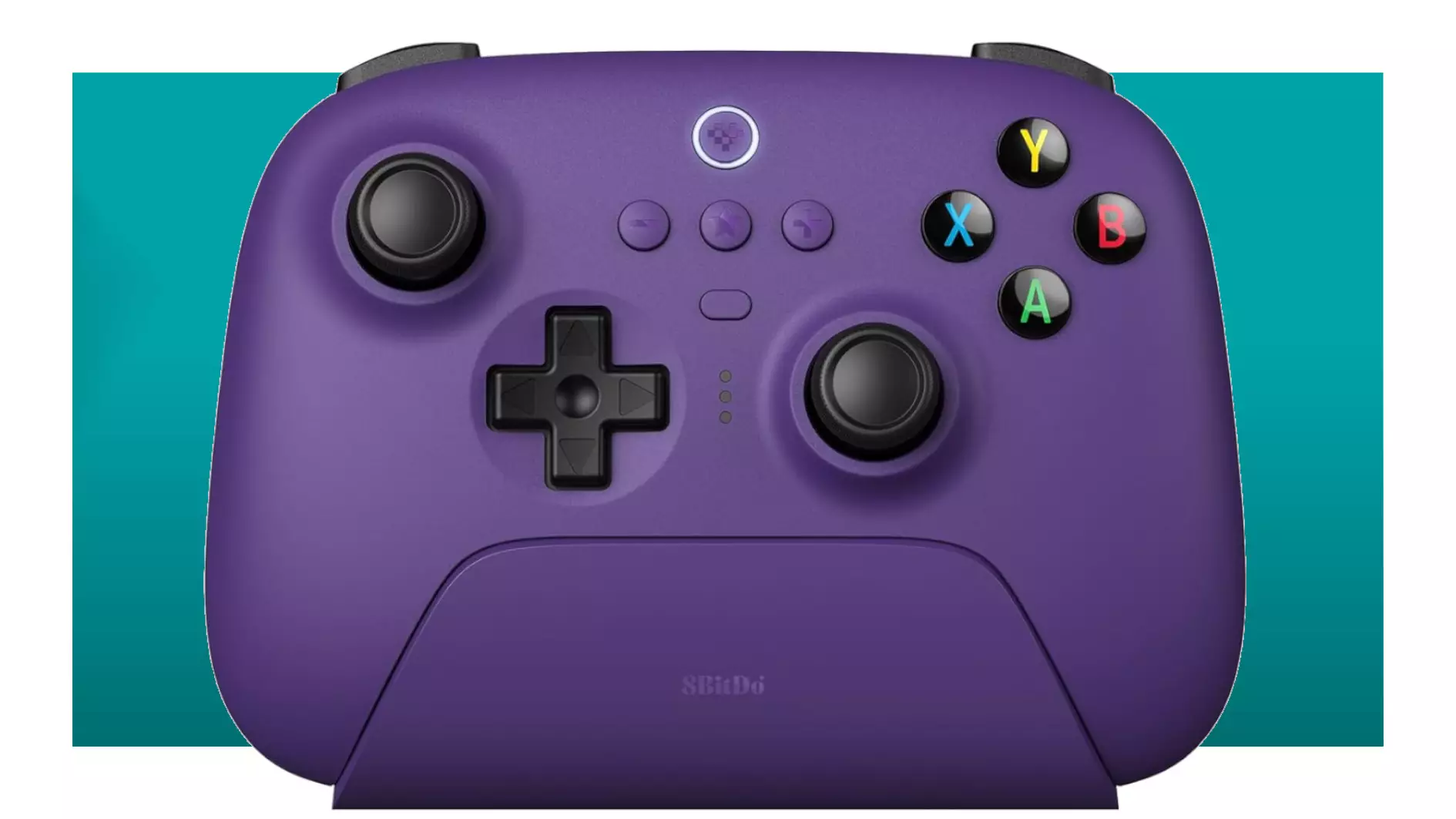For years, the gaming community has fallen into a common trap: equating the quality of a controller with its price tag and brand reputation. Many gamers, myself included, have long held the belief that premium first-party controllers—those crafted by Sony, Microsoft, or Nintendo—are inherently superior. This bias stems from years of childhood conditioning, where the “official” controllers symbolized excellence and reliability, while third-party alternatives were viewed as inferior or ill-fitting. Consequently, it became almost a ritual to dismiss third-party options outright, considering them suitable only for those with limited budgets or as last resorts.
However, this longstanding assumption begins to crack under scrutiny as technology evolves. The reality is that the landscape of gaming peripherals is shifting rapidly. Affordable third-party controllers are no longer mere knock-offs or cheap imitations; they represent innovation, value, and increasingly sophisticated engineering. The shift challenges gamers to reevaluate what they truly need from a controller—and whether brand loyalty still holds the same weight in a market flooded with well-crafted alternatives.
The Surprising Rise of Quality in Budget Controllers
Recent developments in the design and technology of third-party controllers have been nothing short of revolutionary, especially with brands like 8BitDo leading the charge. Historically recognized for their affordability, 8BitDo has invested heavily in features usually reserved for high-end models, such as Hall effect sticks that reduce drift—a common issue in controllers with traditional potentiometer-based sticks—and triggers resistant to wear and tear. These thoughtful innovations offer longevity and precision that punch well above their price point.
The controller I recently acquired—an 8BitDo Ultimate 2C Wireless—crafted for less than $30, exemplifies this shift. Its ergonomic design, comfortable offset thumbsticks, and responsive face buttons demonstrate that affordable controllers can match, if not surpass, the build quality of expensive counterparts. What truly stands out is the integration of modern features like a dedicated wireless charging dock and versatile connectivity options. The dock’s design allows it to double as a charger and a wireless receiver via a 2.4G dongle, delivering a level of convenience previously inaccessible in this price range.
This kind of ingenuity signals a major turning point: the entry-level market is no longer dominated by cheap, disposable devices. Instead, it is evolving into a space where affordability and high performance coexist, making premium experiences much more accessible.
Breaking Down the Myths: Are the Big Brands Still Necessary?
The dominant narrative has long been that only Microsoft, Sony, or Nintendo can deliver controllers worth investing in. But the truth is increasingly different. High-quality third-party controllers now feature many of the same functionalities—responsive thumbs, customizable buttons, wireless connectivity—that players expect from the big names, often with added perks like increased durability and innovative features.
Furthermore, the reliability and performance of these third-party devices are catching up with, if not surpassing, that of first-party controllers. For example, I’ve learned that Bluetooth support, once a major selling point, is often a compromise—giving convenience at the expense of polling rate and responsiveness. The dedicated 2.4G wireless connection, available in some models, offers superior performance with lower latency, making it the preferred choice for serious gaming. When considering the cost-to-performance ratio, many budget controllers give the big brands a run for their money, especially for casual and mid-level players.
The rise of competitors like GameSir, which often offer controllers with unique features at even lower prices, further destabilizes the assumption of brand supremacy. These innovative options compel gamers to think critically about their needs and stay open to alternatives that might provide an even richer gaming experience at a fraction of the cost.
Looking Forward: The Future of Affordable Gaming Peripherals
The rapid evolution of third-party gaming controllers hints at a future where quality isn’t dictated by price labels but by innovation and craftsmanship. Technologies like Hall effect sticks, enhanced wireless connectivity, and ergonomic designs are becoming standard, blurring the lines between premium and budget. This democratizes gaming hardware, making high-quality control options accessible to a broader demographic without sacrificing performance.
In my view, this paradigm shift encourages gamers to be more discerning consumers. It’s time to reconsider the outdated bias that cheaper peripherals are inherently inferior—they can be smarter investments, offering equal or superior functionality with better value for money. As more brands recognize the importance of user-centric features, the entire peripheral market is poised for a renaissance where affordability meets excellence.
The question is no longer whether budget controllers can match their expensive counterparts—it’s when they will outshine them entirely. A more diverse and innovative landscape awaits, where gamers are empowered to choose the best tools for their playstyle, regardless of brand or price.

